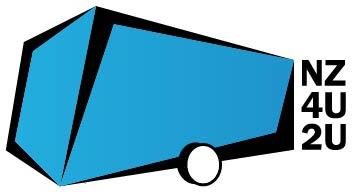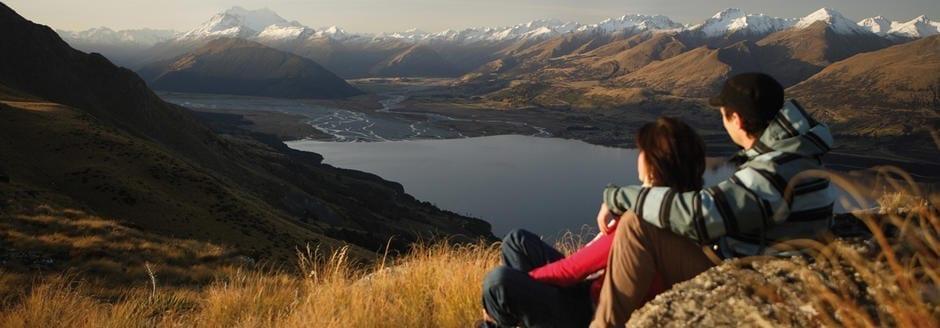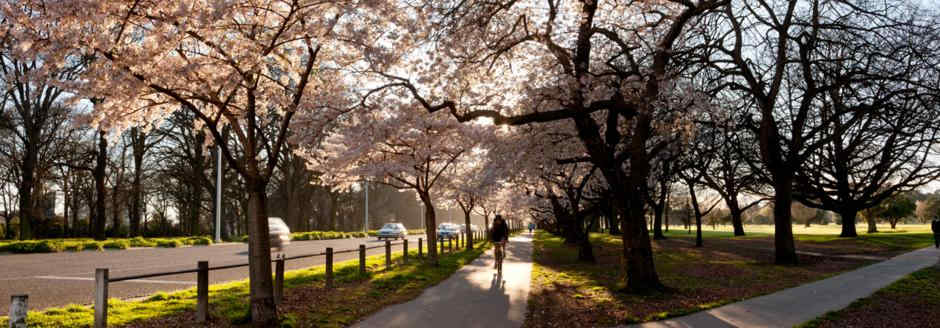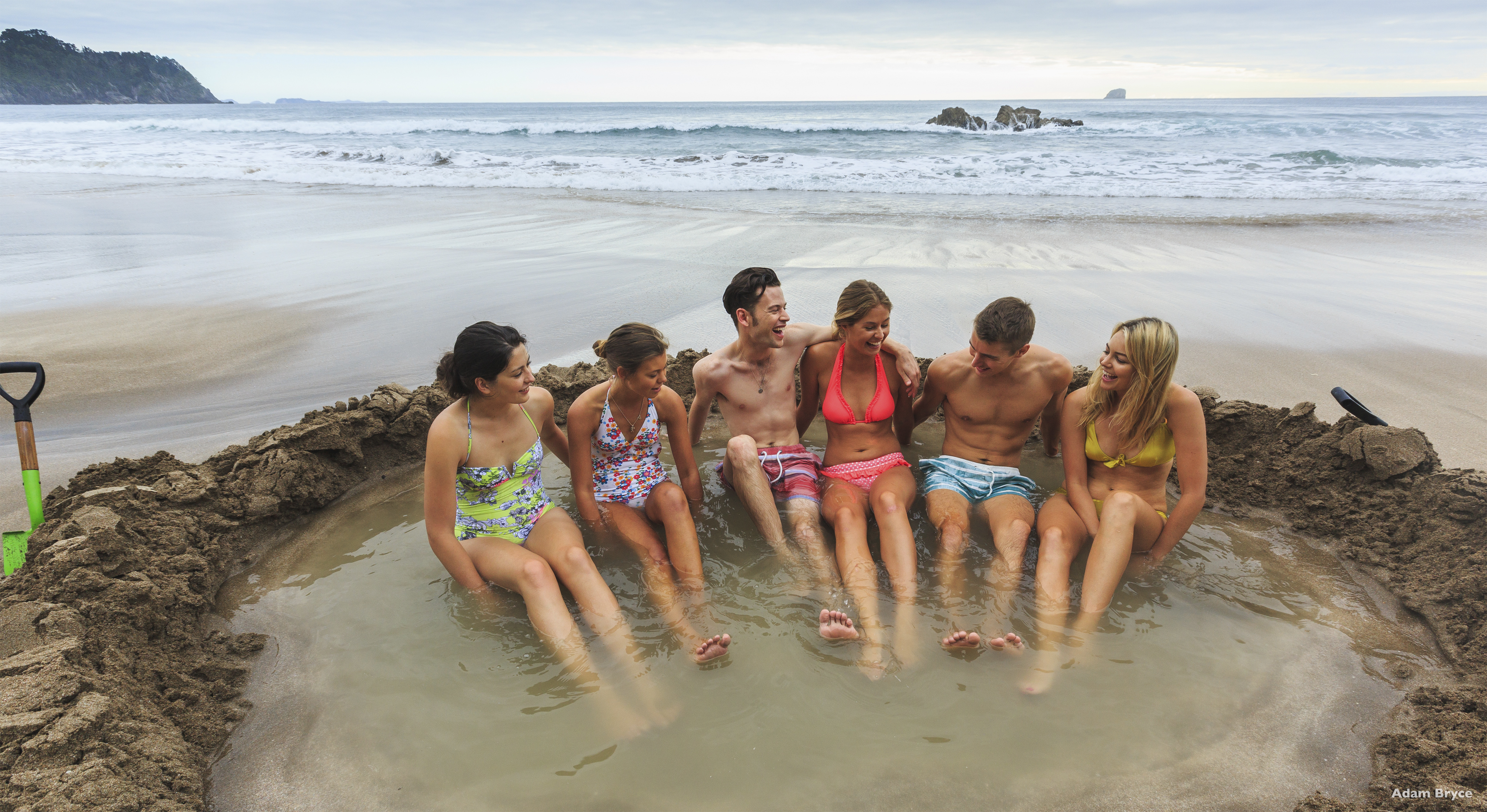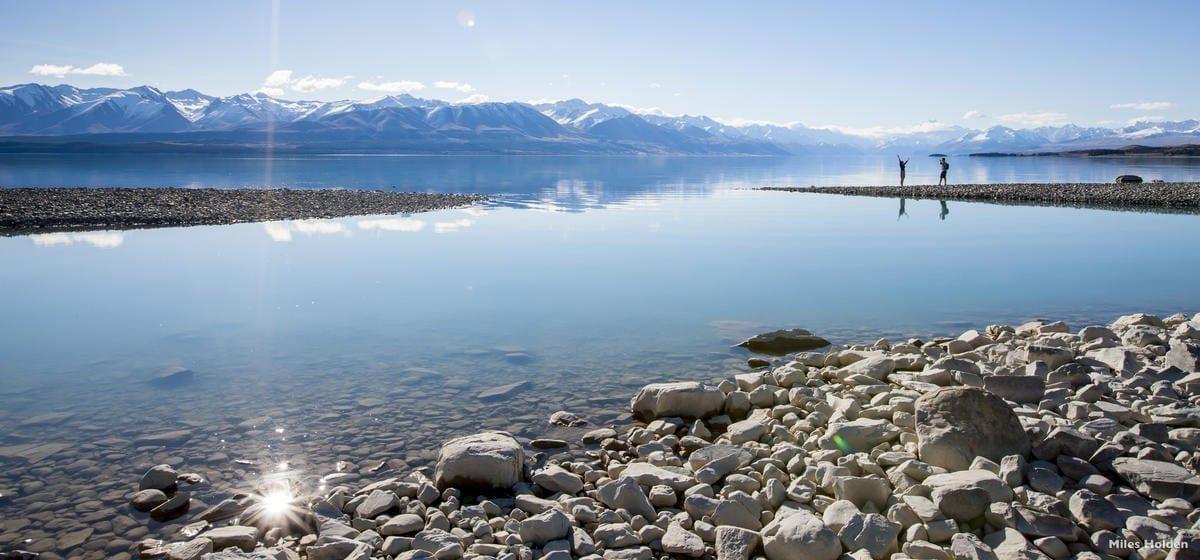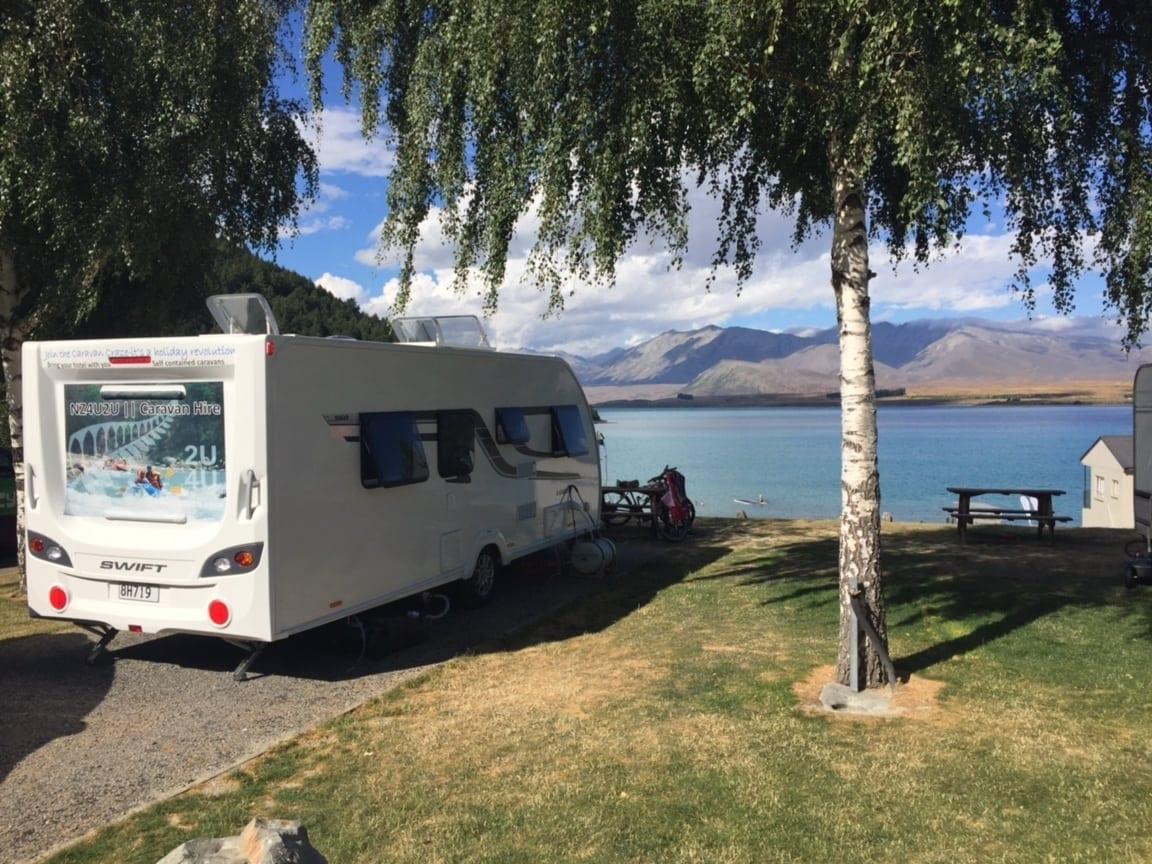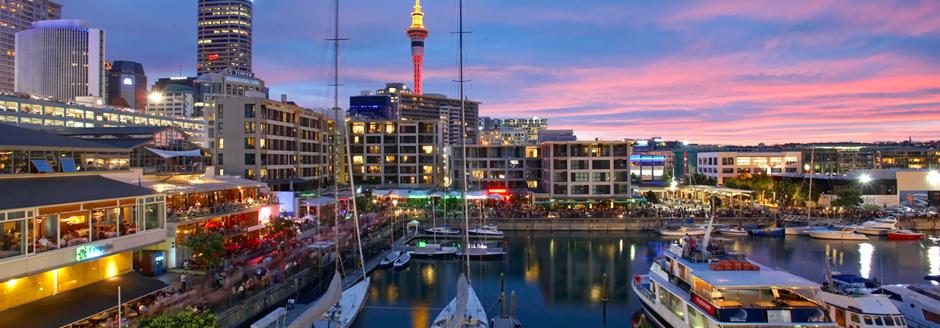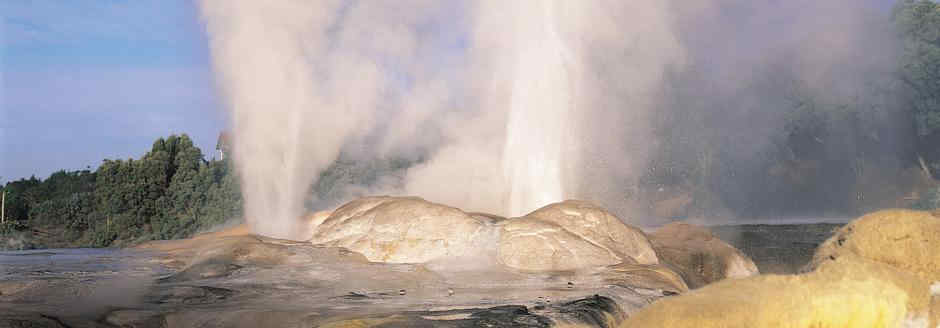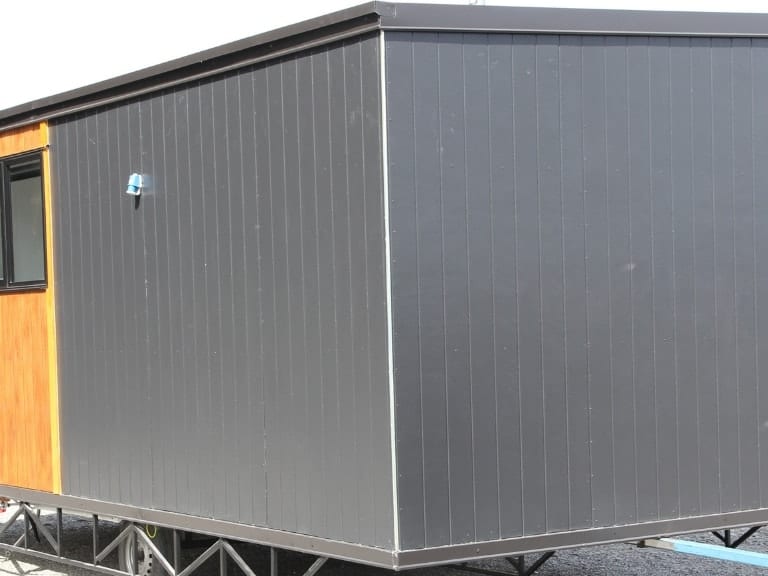Driving Safely
Your safety is our concern
Tips for Driving in New Zealand
- If you have a valid, full license from another country which is in English (or you have a valid English translation) you may drive in New Zealand for up to 12 months.
- You must be familiar with the driving rules of New Zealand. See our Road Code at www.nzta.govt.nz
- Drive on the LEFT
- Our speed limits range widely and speed cameras are common. 100kph is the upper limit on the open road.
- Caravans must keep to 90kph or below on the open road.
- Outside of the main centres, there are few motorways.
- Most roads are single lane in each direction, and often have no barriers between lanes.
- There are many gravel roads, and even main roads have soft shoulders.
- Many roads are very curvy, narrow and/or hilly. Please drive to the conditions.
- Even steep roads may have only minimal barriers on the cliffsides.
- Rural roads often have no street lights.
- On slower roads, there are often areas where slower drivers can pull over safely to allow others to pass. This is considerate, and safer.
- All of the above can be tiring. To enjoy your road trip, take frequent breaks, drive to the conditions, be considerate of others, and stop and enjoy the view whenever you can!
Maps and Drive Times
- GPS apps are a great idea while travelling because they help you get where you’re going without anyone having to stop to look at a map. They also can be very helpful with warnings about traffic or road closures that a map might not know about. There’s Google Maps, of course, and Siri, and an app called Waze has input from other users about up-to-date conditions. Because busy main centres aren’t always just around the corner, it’s good to be aware of what lies ahead and anticipate your trip.
- Maps don’t show how narrow and curvy roads can be. What might look like a short trip can take a long time. For example: Hokitika to the town of Haast, a popular drive for visitors stopping to see New Zealand’s glaciers, is 278km (172mi) on the map, and may look like a short 3-hour drive. However, drivers should allow for up to 4 hours of driving time because of the curvy road. This is common all over New Zealand.
- Always allow for more time than you think you’ll need. See our website for drive times.
Weather-related hazards are commonplace.
Although New Zealand weather doesn’t reach extremes of temperature, it can be extremely temperamental!
- It is not uncommon to start the day with clear blue skies, and finish it with rain and hail. Equally, the coldest of frosty mornings often turns into a stunning 16-degree day!
- Because of this, weather related hazards on the road can occur at any time, especially in mountain passes.
- Before departing, always check the weather forecast and adjust your plans accordingly. Regularly check different types of weather in New Zealand here
- Install a local weather app for easy updates
Not all New Zealand railroad crossings have automatic alarms or barrier arms.
- Only half of the 1500 rail crossings in New Zealand have automatic alarms.
- When red lights are flashing, it means a train is coming: Stop!
- Only proceed once the lights have stopped flashing.
- Other crossings have a ‘Railway Crossing’ sign and give way or stop signs only. If you see this, stop, look both ways and only cross the track if there are no trains approaching.
Regular breaks are necessary while driving.
- No matter what country you are driving in, it is extremely dangerous to drive when you are tired.
- People visiting New Zealand get tired because of jet-lag, early starts and late nights, or because they had a long day driving the day before.
- Because driving in New Zealand can be very different to your country, you need to be well-rested and alert.
- Tired drivers are dangerous drivers.
- We drive on the left-hand side of the road, so the layout of the car and the road might be different to your own country.
The driving conditions can also be very different.
- Get acquainted with important New Zealand road rules before your arrival. See www.nzta.govt.nz for more information.
A couple of useful videos to watch to keep safe driving in New Zealand particularly when towing.
Fulfill your dreams of having a fantastic holiday. Hire a NZ4U2U caravan today
Make moments. Because in the end, it’s not going to matter how many breaths you took, but how many moments took your breath away.
Shing Xiong

